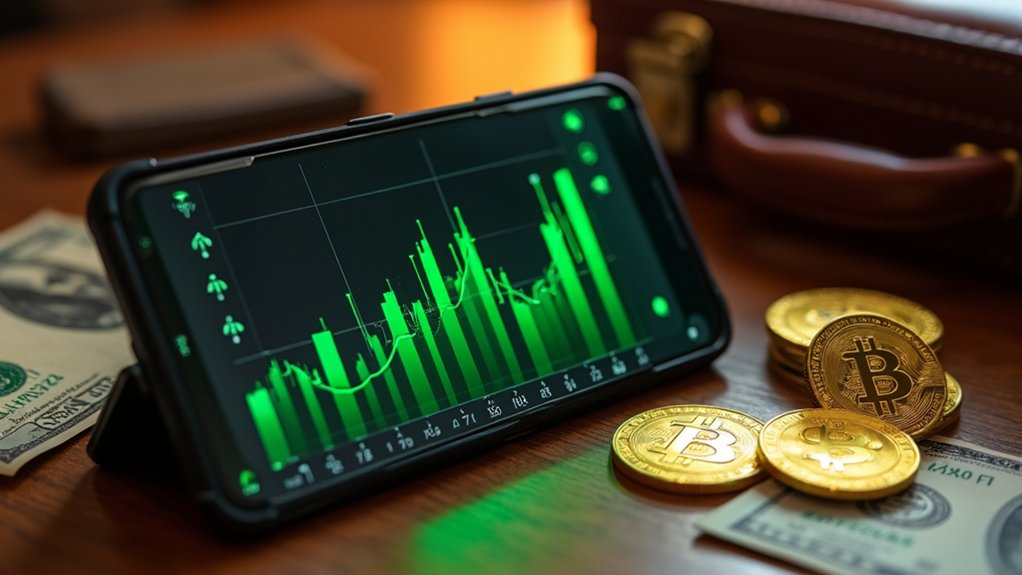While Bitcoin‘s zealous adherents often invoke the sacred 21 million coin limit as if it were inscribed on digital stone tablets, the reality is that this seemingly immutable cap exists only as lines of code—lines that, like any software, can theoretically be rewritten.
Satoshi Nakamoto’s hardcoded supply ceiling serves as Bitcoin’s foundational economic premise, positioning the cryptocurrency as “digital gold” through engineered scarcity. This cap operates through consensus rules embedded within the protocol, with issuance occurring gradually via mining rewards that halve approximately every four years until the final bitcoin emerges around 2140.
The technical mechanics of altering this limit would require a hard fork—essentially creating a new version of Bitcoin that existing participants could either adopt or reject. Herein lies the practical impossibility: achieving consensus among Bitcoin’s decentralized network of miners, node operators, and users resembles herding particularly obstinate cats. The economic incentives work against change, as current holders benefit from scarcity while miners and validators have invested heavily in the existing ruleset.
Should such a modification somehow materialize, the economic ramifications would prove profound. Increasing supply beyond 21 million would fundamentally undermine Bitcoin’s deflationary model, potentially triggering price depreciation as scarcity evaporates. The inflation-resistant properties that attract institutional investors seeking portfolio diversification would diminish, while market fragmentation might occur as factions split between supporting the original chain versus the modified version. This contrasts sharply with fiat currencies, where the inflationary nature of traditional monetary systems continuously erodes purchasing power over time.
Bitcoin’s governance structure—deliberately designed to resist radical changes—creates natural antibodies against supply cap modifications. Historical upgrade patterns reveal community conservatism regarding monetary policy alterations, with participants generally favoring stability over experimentation when core economic assumptions face scrutiny. The catastrophic collapse of Mt. Gox in 2014, which handled over 70% of global Bitcoin transactions before losing 850,000 BTC due to security failures, serves as a stark reminder of how fundamental disruptions can devastate market confidence and underscore the importance of system stability. The current block reward of 3.125 BTC per block demonstrates how halving events systematically reduce new bitcoin creation over time.
While theoretical scenarios might justify supply increases (extreme liquidity crises, network security concerns post-2140), no credible proposals currently exist. The psychological and economic foundations supporting Bitcoin’s value proposition depend heavily on supply predictability. Breaking the 21 million barrier wouldn’t merely represent a technical adjustment—it would constitute an existential transformation of Bitcoin’s fundamental character, potentially destroying the very scarcity premium that drove its adoption as a store of value in the first place.








